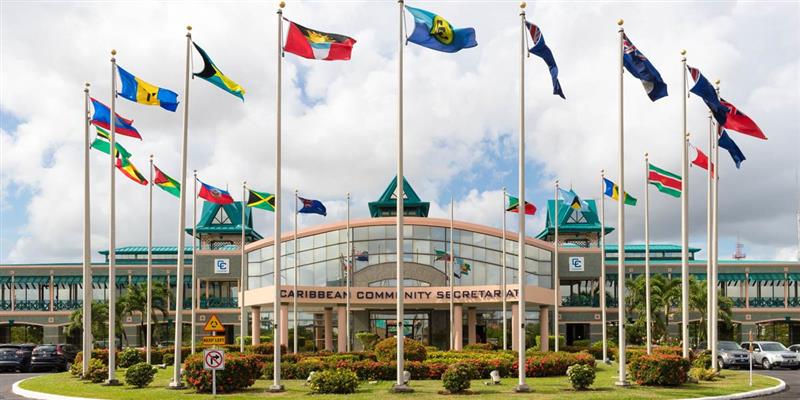At the Africa Economic Summit on 11 July 2024, the Director of the IMF’s Africa Department noted that a squeeze in funding had developed as a result of the tightening of monetary conditions; the decline in official development assistance flows; and much reduced flows from newer sources of financing. These difficult conditions continue as countries continue to recover from the economic problems caused by the pandemic. The increase in the cost of living has caused problems in the region where poverty rates were already very high.
Economic policy must concentrate on supporting economic growth and employment. Strong growth is necessary to reduce debt ratios. If the economy is growing, this means that the tax base is increasing and there is greater revenue potential. The Director suggested that for the average African country, an additional one percentage point of GDP growth could reduce the debt ratio by around ten percentage points of GDP after eight years if the additional revenues are saved.
Growth needs to be more private sector oriented, but also with more public spending to address human capital development and infrastructure gaps. There should be a strong focus on eliminating constraints to private sector investment, and reforms should be carried out to improve the business environment. Governments can fund their spending requirements through the internal revenues (tax and non-tax) that they can collect. Alternatively, funding can be achieved through access to market borrowing from either domestic or external sources; or from aid (grants or concessional borrowing) that may be available.
The most important of these sources of financing is the domestic tax and other revenues. In sub-Saharan Africa around four-fifths of total government spending is generally covered by these revenues; with a further 17% to 18% covered by domestic and external borrowing; and just around 2% from grants or other concessional support.
Increasing domestic tax mobilization is difficult. Investments have been made to develop human capital and to improve public infrastructure, but it is difficult to achieve returns on these investments through the tax system. The ratio of interest payments on debt to tax revenues has continued to increase, creating more debt vulnerabilities.
Market borrowing is always a limited source of development financing. Access to external borrowing is expensive and inconsistent. Domestic borrowing is increasingly relied on in the region, and domestic debt now accounts for about half the public debt stock. For the poorest countries and those impacted by conflict, more budget grant support from the international community is needed. The tax mobilization and borrowing constraints are greatest for these countries. For most other developing countries, access to concessional financing will be important.
An important area worth exploring is private financing of large infrastructure projects. Currently public entities carry out 95% of infrastructure projects in sub-Saharan Africa; and Africa attracts only 2% of global foreign direct investment. Investment in Africa is mainly in natural resources and extractive industries, rather than roads or the power sector. Any incentives should be targeted, temporary, and transparent, focusing on viable projects that would not happen otherwise.
Structural transformation is necessary, and this can be achieved by innovative financing. The most important metric is the high share of labour in mainly non-tradable or low-productivity activities across the African region. Convergence with the global frontier has been impressive in fintech; but in agriculture, manufacturing, industry, and service sectors there is still a need for transformation. The necessary structural transformation can be achieved by investment in infrastructure services that reduce transaction costs for production and international trade, especially reliable electricity and transport connectivity. Also, reforms are needed to promote export competitiveness.













